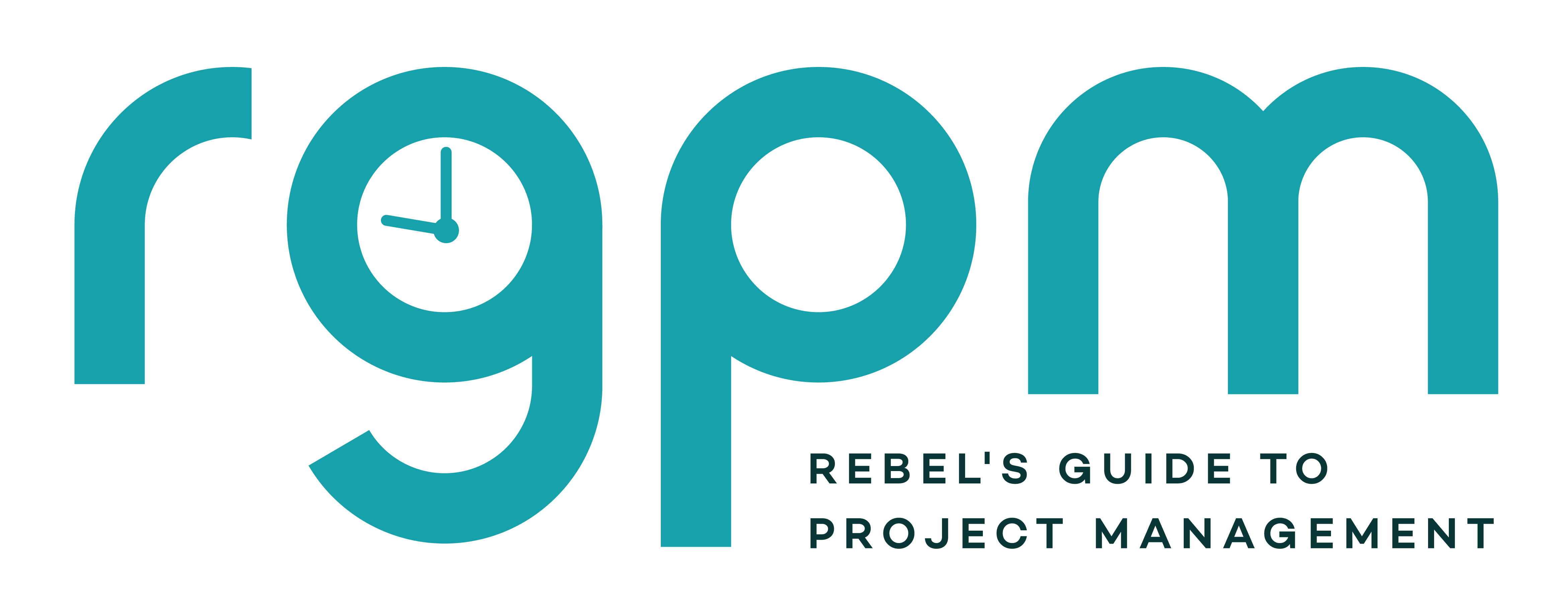How to Structure and Staff a PMO Without a Big Budget
Not every PMO starts with a team of full-time project professionals. Many small organizations begin with just one person wearing multiple hats.
Sound familiar? I’ve lost count of the number of times I’ve taken calls with project managers who are setting up a PMO for their department or team.
So it’s time to write out what I tell them! If you’re a small business owner, project lead or transformation manager trying to build a functioning PMO with minimal staff, shared resources, or part-time support, this is for you.
Read on for a guide to help you set up a structure that works now, but can grow later.
Pick the right PMO type for your reality
Before structuring your PMO, get clear on its role.
There are several types of PMO, but frankly you don’t have to stick to one of these. What you are aiming for is to determine the role you expect the PMO to play. Here are some examples.
Supportive PMO
A supportive PMO offers templates, coaching, and best practices to the project leaders in the organization.
It’s a good approach for early-stage or resource-light businesses because you’re a centre of best practice.
Controlling PMO
A controlling PMO adds structure and requires compliance from the projects in the team.
This works if leadership wants visibility and transparency, and you’ll be gathering data and reporting.
Directive PMO
A directive PMO assigns and oversees project managers. It does resource assignments and capacity planning, and the project analysts and managers report into the PMO lead.
This is more common in mature organizations where you have consolidated the project resources under one leadership structure.

My advice would be to start with a supportive approach (with a bit of transparent reporting) and grow toward controlling as you prove value.
A PMO structure for small businesses is more likely to be a reporting and governance function in my experience, because what small businesses want is software, dashboards (or manually created reports, yikes) that show the impact of projects, value, investment, resource capacity and when new things can be started.
What roles do you actually need?
Even with one person, you can structure work around functions:
| PMO Function | Role (Can be combined) |
| Governance & Planning | PMO Lead / Ops Manager |
| Reporting & Dashboards | Analyst / Admin / Automated Tool |
| Project Coaching | Experienced PM or part-time SME |
| Admin & Templates | Admin support or VA (virtual assistant) |
You may only need 0.5 FTE total if you share across roles.
Document the project management office roles and responsibilities in a RACI matrix. I’ve put an example below – use this as a starting point but you’ll want to tailor it a little bit as necessary to fit your own organization structure.
PMO RACI Matrix
For more on how to use this kind of table, check out my guide to the RACI matrix.
| PMO Activity | PMO Lead / Ops Manager | Project Manager | Analyst / Admin | SME / Coach | Dept Rep (PMO Ambassador) |
| Define PMO Charter & Services | R | C | A | C | I |
| Maintain project register | A | R | C | I | |
| Develop reporting templates | A | C | R | I | |
| Portfolio reporting & dashboards | A | I | R | I | |
| Approve new project intake | R | C | A | I | I |
| Provide project coaching | I | R | A/R | ||
| Run project health checks | A | I | C | R | |
| Document governance processes | R | C | A | C | |
| Schedule PMO meetings | C | I | R | ||
| Communicate PMO standards | R | A | C | C |
Legend
- R = Responsible (does the work)
- A = Accountable (owns the outcome)
- C = Consulted (provides input)
- I = Informed (kept updated)
Where should the PMO sit in the org chart?
Your PMO’s impact often depends on where it reports.
- Ops or Strategy Lead = Influence, but practical delivery support
- Finance or CEO Office = Strategic, top-down
- IT = More delivery-focused, but risks being siloed
Choose a reporting line that aligns with your PMO’s goals (support vs control).
In my experience, you don’t really get to decide where the PMO sits. If you’ve been asked to set it up, then it is going to be in whatever area of the organization that you are.
It might move later, but right now as you get started, it’s sitting with you.
Borrow, don’t hire (yet)
You need to come up with a PMO and staffing strategy, but that sounds a lot more fancy and hard work than it actually is. It’s about how you get the resources to fill the roles.
Let’s assume that in the first instance the person doing the PMO work is you. You’ll have to juggle the project manager vs PMO lead hats, but just think of it like being a fractional PMO.
Here are some ways to build capacity creatively.
Use fractional PMs: Bring in freelance or part-time project managers on big projects, to provide the governance and PMO support for a particular initiative.
Leverage internal champions: Upskill enthusiastic team members to be project leads (assuming you have some!)
Tap into virtual assistants: For status reporting, document prep, meeting scheduling – virtual assistants don’t have to work in the same company but you’ll need approval before you bring in external resource and they’ll need access to your systems.
Create “PMO Ambassadors”: Train 1 rep per department to act as liaison – useful for when you want to start spreading the word about expectations for management and governance of projects. Your outreach team then becomes your virtual PMO.
Think creatively: you don’t need headcount, you need coverage.
How to Set up a PMO Series
The first 30 days of your PMO: A week-by-week guide
Your PMO Toolkit: The essentials you actually need to set up a PMO
12-step checklist for setting up a PMO
How to write a PMO mission statement
How to structure and staff your PMO (without a big budget)
Plan for growth
Even the leanest PMOs need a growth path:
- Track demand: number of projects, stakeholders supported
- Show value: project outcomes, feedback, visibility improvements
- Build the business case: when reporting or delivery gets strained, expand.
Basically, start wherever you need to start, and think a little bit about where you want to go next. As demand increases, you’ll grow. It will just happen. It’s better if it’s planned and thoughtful, but don’t stress about it at this point.
Scrappy > Perfect!
You don’t need to build a big machine. Start with functions, not job titles, and scale as demand grows.
You’ve got this!
